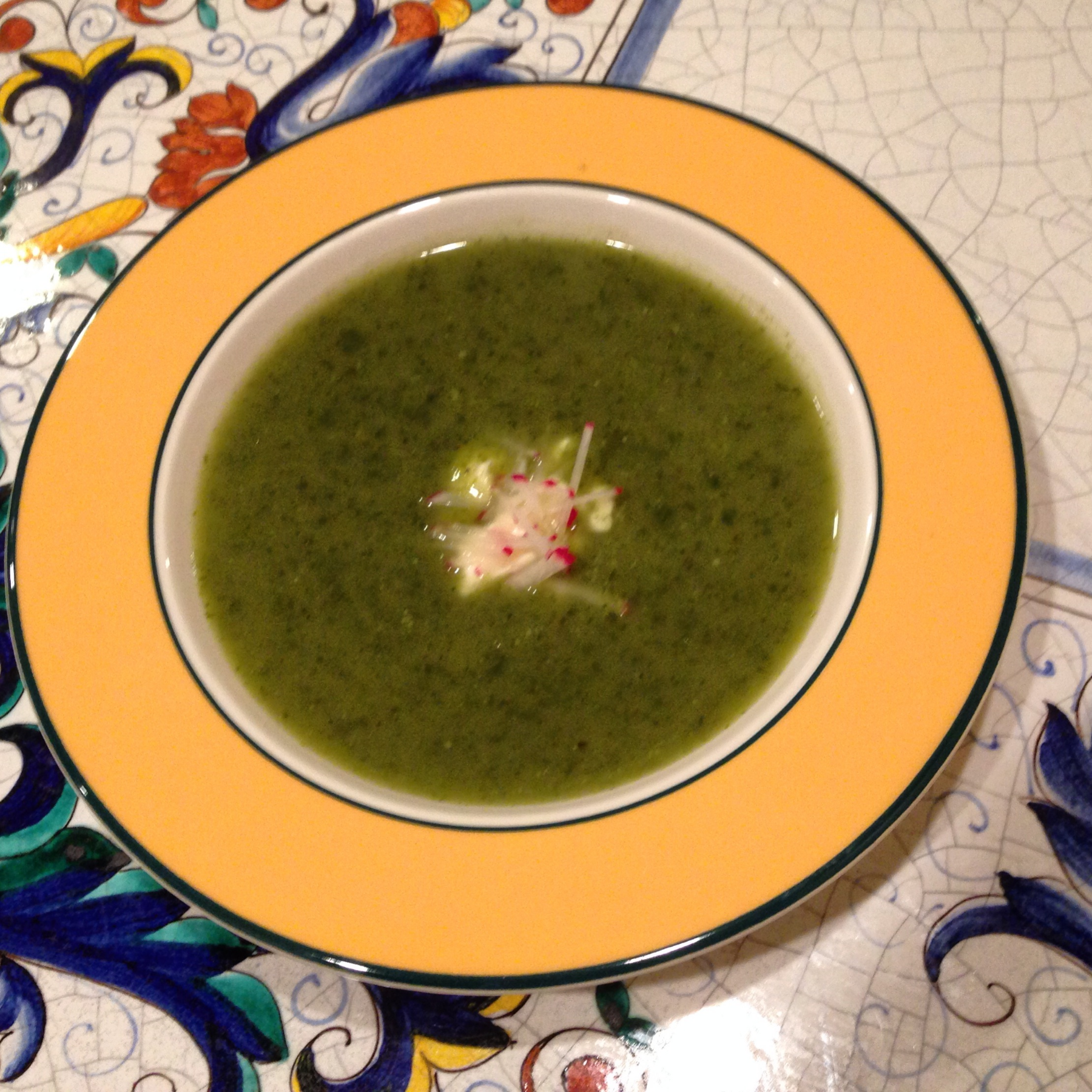If you are looking to eat what the winemakers eat, or where they eat, you can’t do much better than having them sit down next to you at the restaurant where you are having dinner.
Seriously, it was a pretty cool coincidence.
But I’m getting ahead of myself. Upon arriving in Bordeaux and dropping my bags at my centrally located rental apartment, I hurried off to Bar du Boucher where I had a dinner reservation for one. I don’t mind eating by myself when traveling. I’m somewhat accustomed to it, having traveled alone quite a bit and I’m happy to pass the time people watching. (Although one downside is that you have no one to bully into ordering the other dishes you wanted to taste on the menu.)
Located right off the Place du Parlement in the Saint Pierre District of Old Bordeaux, Bar du Boucher is a raucous meat-centric restaurant dominated by long communal tables and a well-stocked meat counter where you are invited to select your cut of meat for the butcher to send off to the kitchen. It seems a little touristy, but you definitely know what you are getting.
I settled in to my place at one of the long tables, happily eating juicy cherry tomatoes from a small terra cotta bowl. This is exactly the type of thing I love, restaurateurs who have the guts to find a source for a good ingredient and serve it simply. There was a lot to choose from on the menu but I knew what I wanted. Oysters from the Bay of Arcachon, check. Glass of white Graves, check. Visit to M. le Boucher (butcher) to pick out my araignée or spider steak—a cut with which I was unfamiliar (not surprising, as French cuts of meat are different than those in the U.S.), check. It was now time to sit back with my glass of wine and observe.
When I had arrived at a little past 8 p.m., I had been one of the few people in the restaurant and had been slightly embarrassed that I had called from DC far in advance to make a reservation. Shortly thereafter, I was relieved. Within 20 minutes, the restaurant was completely full—the din of large groups of patrons making for a lively atmosphere (useful for keeping jetlag at bay). With the help of a charmingly casual but extremely knowledgeable sommelier I sampled wines by the glass for my oyster starter and my second course, the araignée steak accompanied by thick fries cooked in duck fat. Having no time constraints, I dallied over my meal, enjoying the sight of bottles of old Bordeaux (now that’s where I needed a dining companion so that I could have ordered an interesting bottle of wine from the list) being decanted into the huge long-stemmed glasses that served as decanters.
Cue the cheese course. You should know that I will rarely order dessert—I’m a cheese girl through and through. So I opted for some Ossau-Iraty, a sheep’s milk cheese from the Pyrenees and a glass of Vigouroux Pigmentum Gros Manseng Moelleux, a moderately sweet wine from the Cotes de Gascogne, a region about an hour south of Bordeaux. I was enjoying the pairing and mentioned it to the sommelier. He said I could tell the winemaker myself because he was seated with the group at the end of my table. I considered going over to chat with him but frankly the jetlag was catching up to me and he looked quite occupied with his large group of friends so I paid my bill and went on my way--still marveling that I really had eaten where the winemakers eat.
The following days reinforced my conviction that my remembrances of the food in Bordeaux had not been an exaggeration--every taste and smell brought memories rushing back. Chocolatines (that’s pain au chocolate to you non-Bordeaux types), croissants filled with bittersweet dark chocolate from a bakery on Rue Sainte Catherine; Canelés de Bordeaux, small fluted cakes that are a specialty of Bordeaux--their chewy dark brown fluted exteriors hiding a soft incredibly moist center—perfect with my morning coffee.
I dined on duck confit and goose foie gras at La Tupina, Bordeaux’s venerable paean to Southwest cooking (where I was joined by a friend of mine and a group of Greeks from some of Greece’s most important wineries.); glistening pristine oysters and sole from the nearby Arcachon Bay and a really fabulous fish soup at Le Petit Commerce (where I ran into someone from Champagne Collet—wine people everywhere!); and cheese from Jean d’Alos, the well-respected cheese shop on Rue de Montesquieu.
The food in Bordeaux is delicious yet simple in its preparation, which is not to say it is fast or easy to make, but rather that it relies on fantastic ingredients and traditional cooking methods. These are foods that go well with wine without stealing the limelight. They are what informed my food personality and what I keep going back to. These are true stars of Wine Table cooking.










